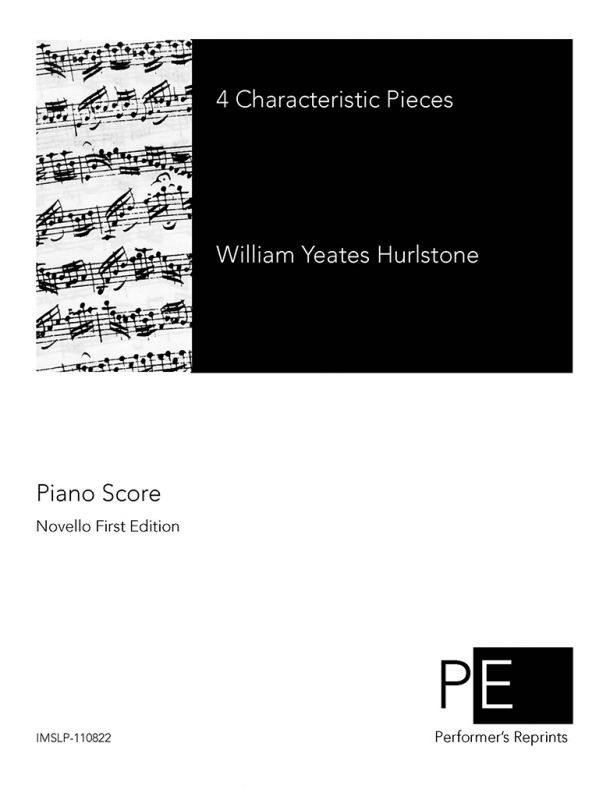Obscure Music Monday: Hurlstone's Four Characteristic Pieces
William Yeates Hurlestone (1876-1906) was a student of Charles Villiers Stanford, who considered him his finest student - above such luminaries as Vaughan Williams and Holst, who also studied with Stanford. Hurlestone's talent was seen at an early age - his earliest compositions were published at the age of nine! Unfortunately, he suffered from bronchial asthma, ending his first musical endeavors as a singer. At the age of 30, Hurlestone succumbed to complications from his asthma, cutting short a promising career.
The Four Characteristic Pieces for Clarinet & Piano are one of two works for woodwind instrument and piano that became more known of his works (the other being a sonata for bassoon & piano). Beginning with a flourish in the piano, the Ballade movement opens with a reflective introduction in the clarinet. In listening to this intriguing section, the influences of works such as Dvorák's New World Symphony, premiered just 6 years prior, can be heard with sounds reminiscent of American folk music.
Suddenly we move forward into a lively duet between the clarinet and piano with much movement in the opening theme, giving way to a lyrical second theme with the clarinet soaring above the piano.
As was common at the time, this work has often also been performed on the viola, with Lionel Tertis editing the solo part to make it appropriate for the instrument.


